
It takes a special type of footballer for a stadium to be named in his honour. Or a tragic one.
Some stadiums have been named or renamed after the most famous footballers in history.
Others after a club icon who passed away too soon. Or a local hero. And there are also many examples of players who went on to become more notable as coaches or club directors later on.
Here, a look at some famous examples of stadiums named after footballers...
33. Estadio Julio César Villagra

Nicknamed El Gigante de Alberdi, the Estadio Julio César Villagra is home to Córdoba club Belgrano and has room for over 30,000 spectators.
It was renamed to honour former Argentine footballer Julio César Villagra, one of Belgrano's biggest idols, after he committed suicide in 1993.
32. Stadio Erasmo Iacavone
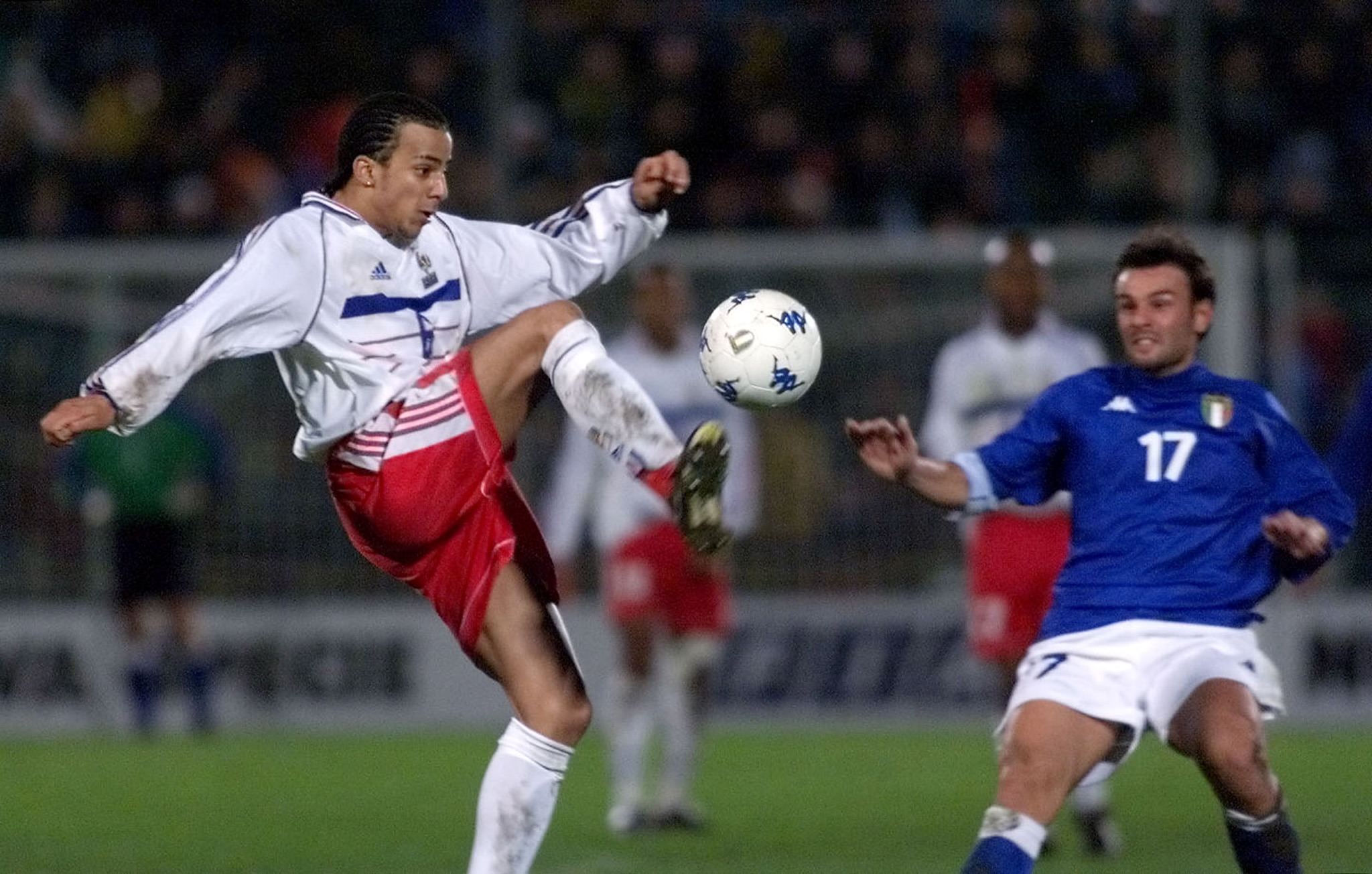
Erasmo Iacavone made his mark in a short time at Taranto, with the southern Italian club daring to dream of promotion to Serie A thanks to his goals.
But tragedy struck in February 1978 as Iacavone's car was hit head on by a local criminal speeding the other way with no lights on a dark road. Iacavone died instantly and Taranto went into mourning. The club's stadium was promptly named Stadio Erasmo Iacavone in his honour – and Taranto have still never made it to Serie A.
31. Estadio José María Minella

Built on the site of the old Mar del Plata hippodrome for the 1978 World Cup, the Estadio José María Minella hosted six matches at the tournament – including three featuring Brazil.
It was named after one of the most famous footballers from the city, former Gimnasia La Plata and River Plate midfielder José María Minella, following his death in 1981.
30. Stadionul Ion Oblemenco

The Stadionul Ion Oblemenco is one of the largest in Romania, with a capacity of over 30,000. It was voted fourth out of all new stadiums opened in 2017.
It is named after Romanian striker Ion Oblemenco, a prolific striker for Universitatea Craiova in the 1960s and 1970s who passed away aged just 51 in 1996 after suffering a heart attack while working as a coach in Morocco.
29. Stadio Alberto Picco
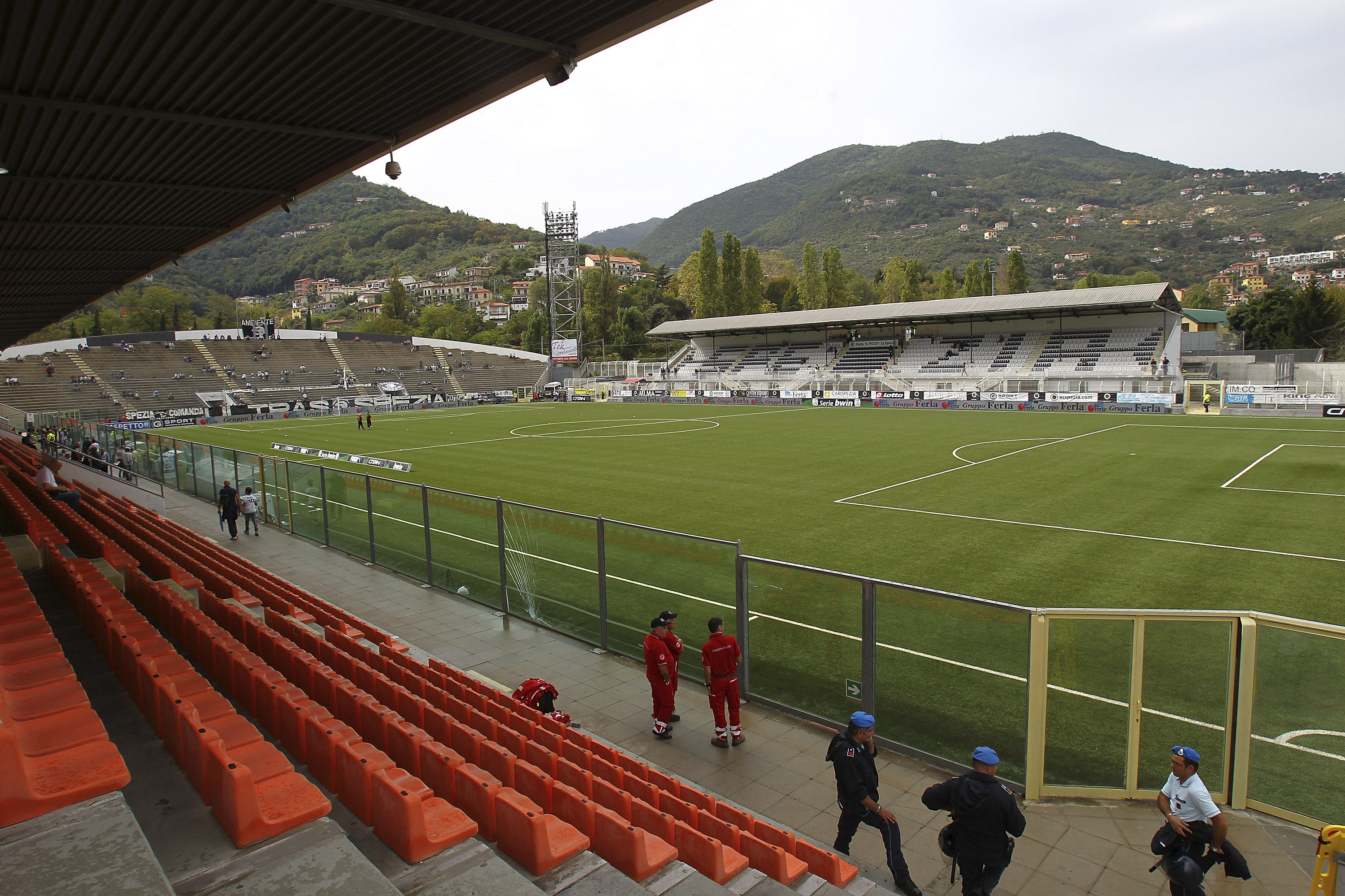
Alberto Picco was an Italian footballer who scored Spezia's first ever goal but lost his life at the age of just 20 on the battlefield during World War I in 1915.
When Spezia's stadium was completed in 1919, it was named in his honour. There is also a memorial stone at the Stadio Alberto Picco to remember him and the club's other fallen soldiers.
28. Estadio Agustín Coruco Díaz
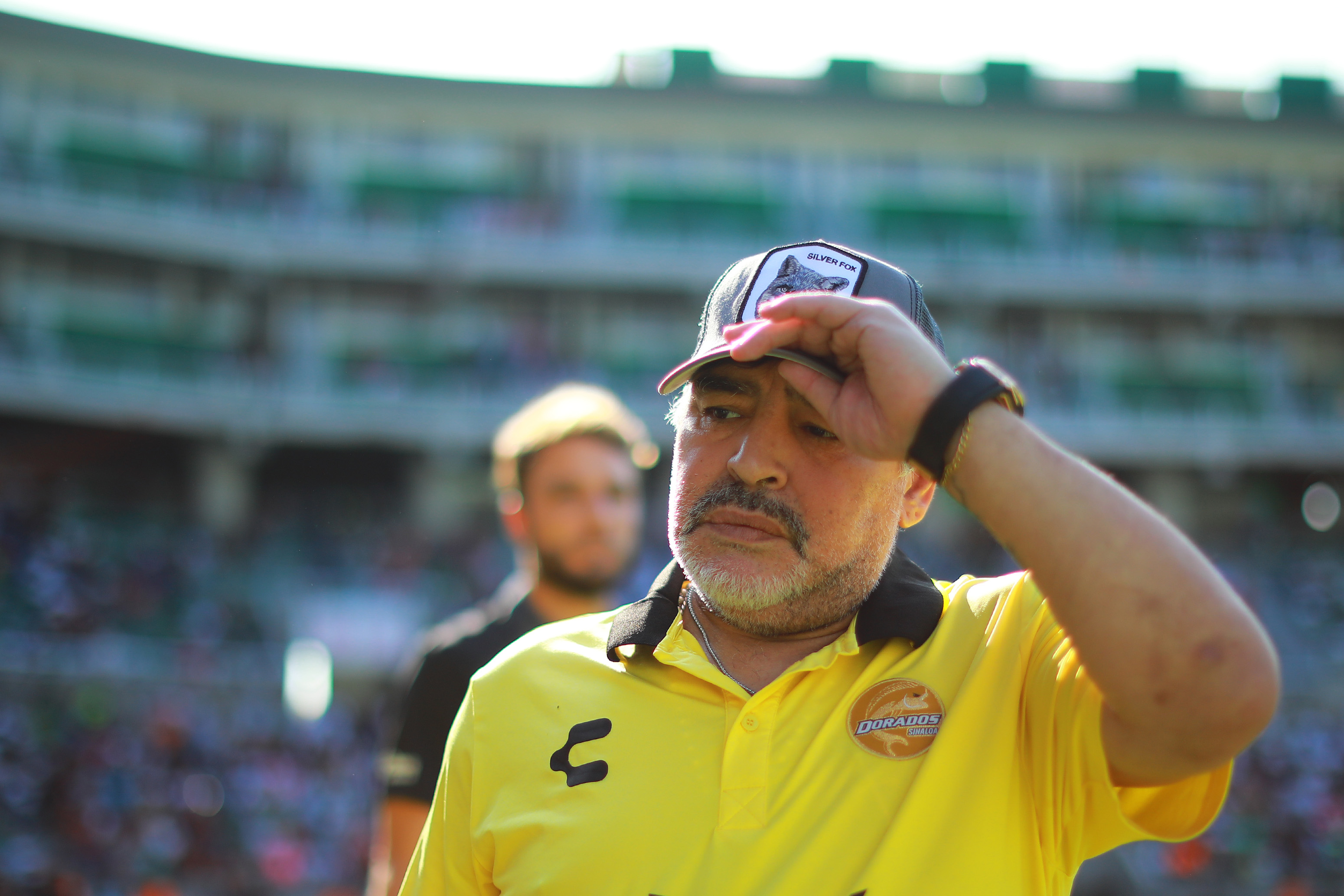
Agustín "Coruco" Díaz was an emblematic Mexican midfielder who played for Atlas and most notably for Zacatepec in a short career in the 1950s.
Díaz died in 1961 at the age of just 26 after contracting leukemia. Zacatepec opened a new stadium in 1964 and it was named Estadio Agustín Coruco Díaz in his honour.
27. Estadio Alejandro Villanueva
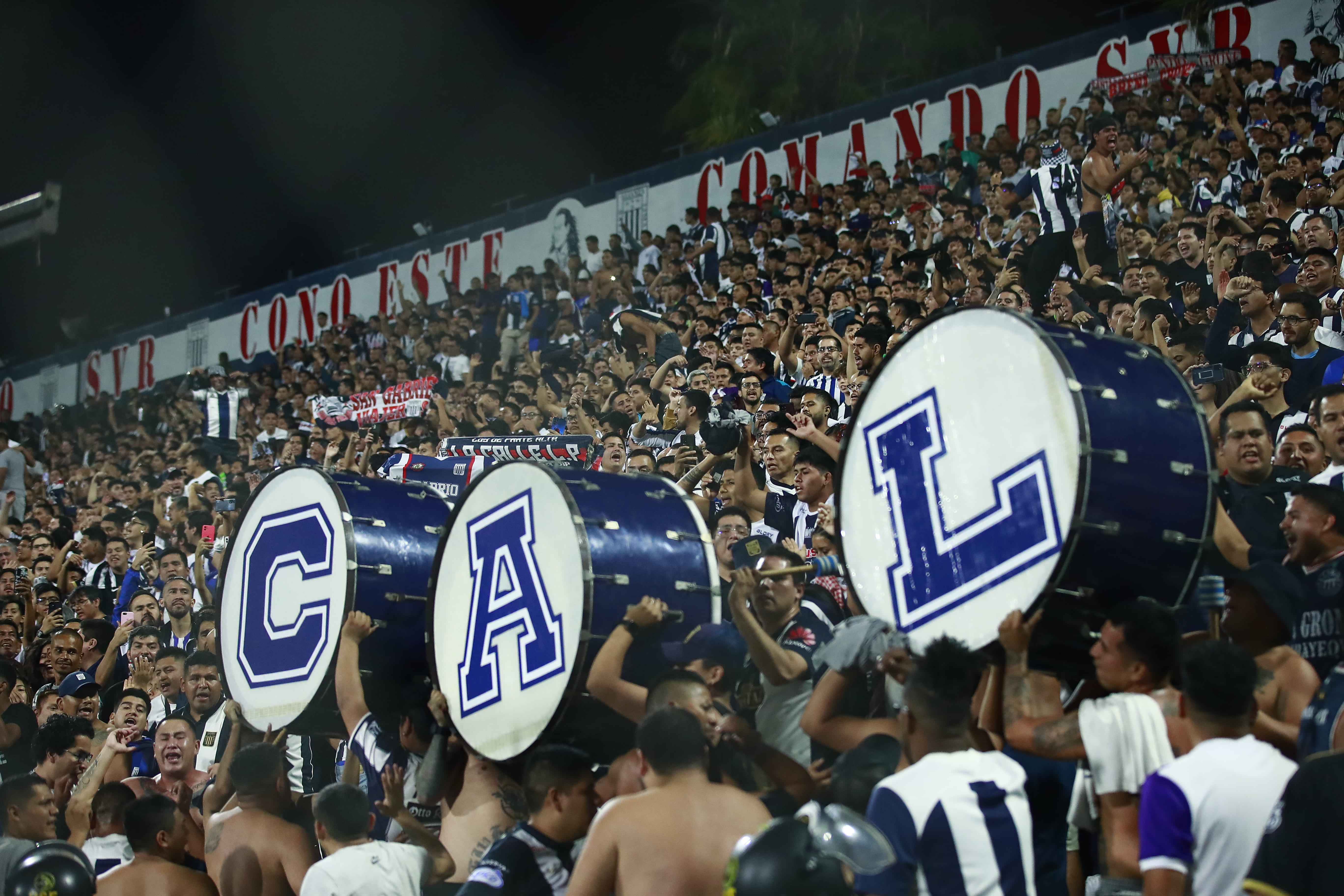
Nicknamed Manguera ("Hose"), Alejandro Villanueva was an attacking midfielder who spent his entire career at Alianza Lima.
Considered the greatest idol in the history of the Peruvian club, he retired in 1943 and passed away from tuberculosis the following year at the age of just 35. After the rebuilding of their stadium in the 1970s, Alianza Lima named the ground Estadio Alejandro Villanueva in honour of their former great.
26. Stadio Renato Curi

Renato Curi was a mainstay in the Perugia midfield in the mid-1970s, helping the Umbrian club to promotion and then to a historic sixth-placed finish in Serie A.
Tragically, Curi suffered a heart attack in a match at home to Juventus in 1977 and passed away. The stadium where he died was later named Stadio Renato Curi in his honour. A club in Pescara was also named after the midfielder and later merged with Angolana to become Renato Curi Angolana.
25. Estadio Santiago Bernabéu

Real Madrid's famous home is named after one of their former footballers – but not for his exploits on the pitch.
A decent player for Los Blancos in the 1920s, Santiago Bernabéu became a legendary figure at the Spanish side with his presidency, as he brought in some of the world's finest players and an era of dominance which included five European Cup wins in a row between 1956 and 1960. The Bernabéu was the scene of the 1982 World Cup final and is one of the world's great stadiums.
24. Estadio Marcelo Bielsa

Marcelo Bielsa is much more known for his coaching career – which has featured spells with Newell's Old Boys, Argentina, Athletic Club and Leeds United – than for his exploits as a player.
Bielsa began his career as a defender at Newell's but retired to focus on coaching. Later, he worked as a scout and became a hugely successful coach with the Rosario club. The club's stadium, without an official name but known colloquially as El Coloso del Parque ("The Colossus of the Park"), became the Estadio Marcelo Bielsa in December 2009.
23. Ali Daei Stadium

Ali Daei scored 108 goals in 148 appearances for Iran between 1993 and 2006 and was the highest scorer in international football history until he was surpassed by Cristiano Ronaldo in September 2021.
A legend in Iran, the former Persepolis, Hertha Berlin and Bayern Munich striker retired in 2007 and the following year, the Ali Daei Stadium opened in the northern city of Ardabil with a capacity of 20,000.
22. Stadio Carlo Castellani
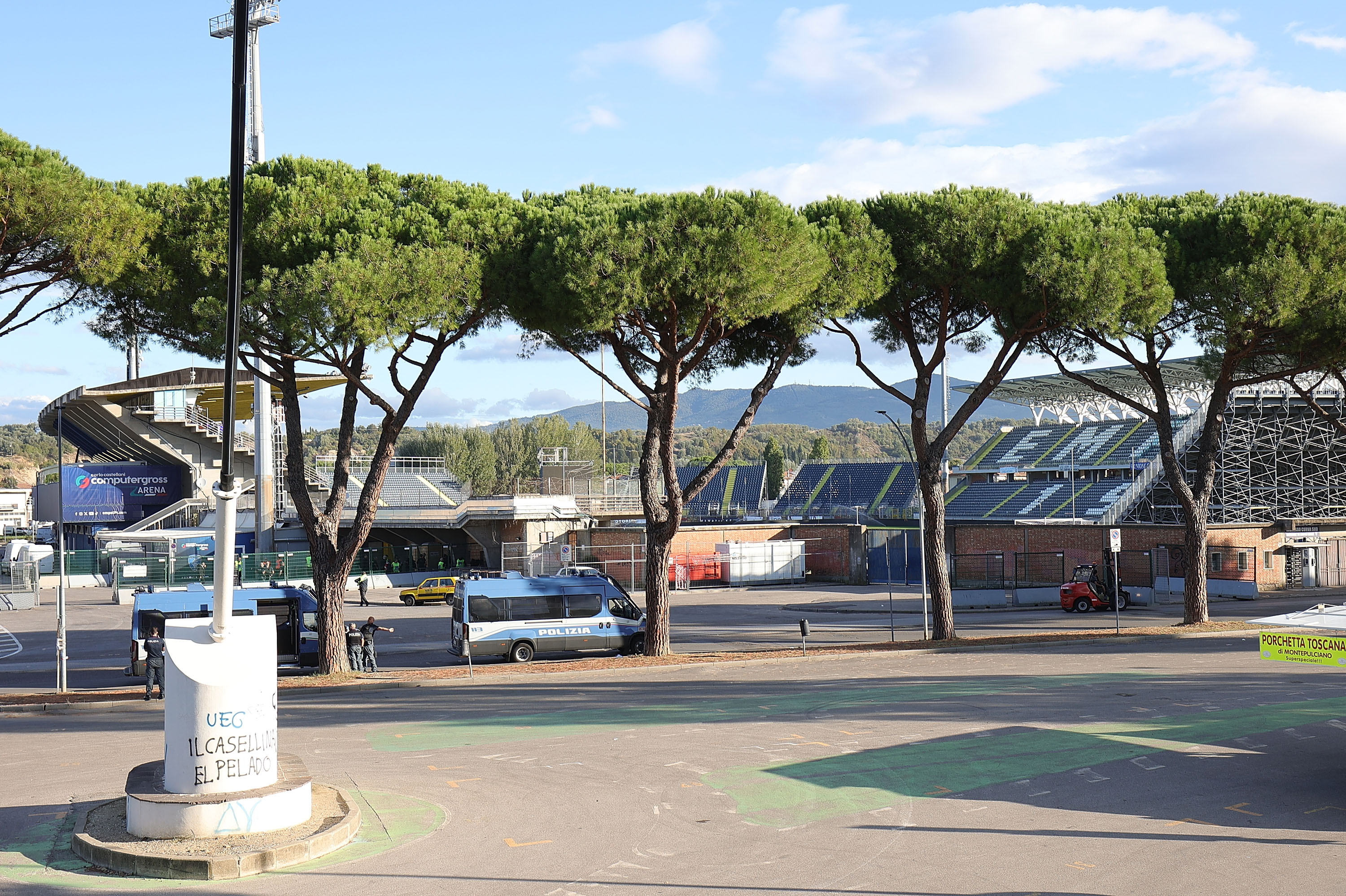
Empoli's stadium was inaugurated in 1965 and named after the club's former player Carlo Castellani, who had two spells at the club as a striker in the 1920s and 1930s. Later, he continued to support the club financially.
Castellani's father was a vocal critic of fascist dictator Benito Mussolini and was arrested by occupying German forces during World War II. With his father ill at the time, Castellani offered to take his place and was sent to a concentration camp. He passed away in 1944.
21. Stadio Silvio Piola
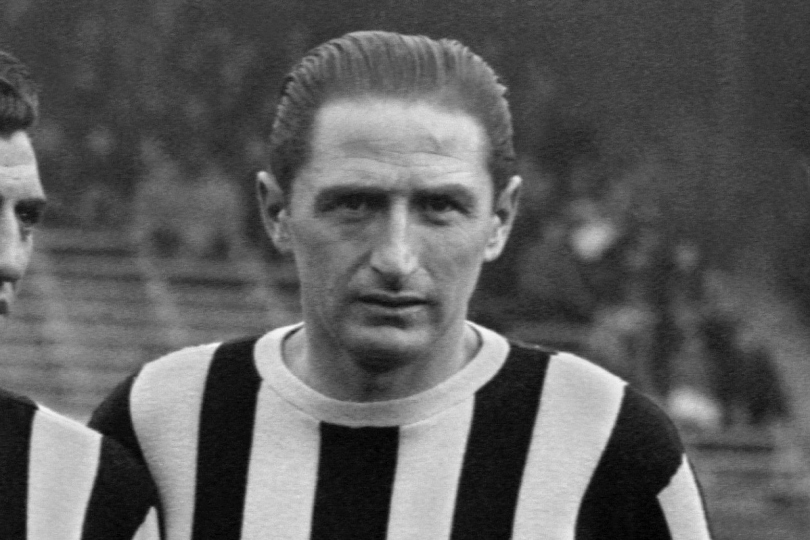
A World Cup winner with Italy in 1938 and Serie A's all-time top scorer, Silvio Piola is one of the biggest legends in his nation's football history.
Before spells at Lazio, Torino, Juventus and Novara, Piola started his career at Pro Vercelli and the club's 5,500-capacity stadium bears his name.
20. Estadio Christian Benítez Betancourt
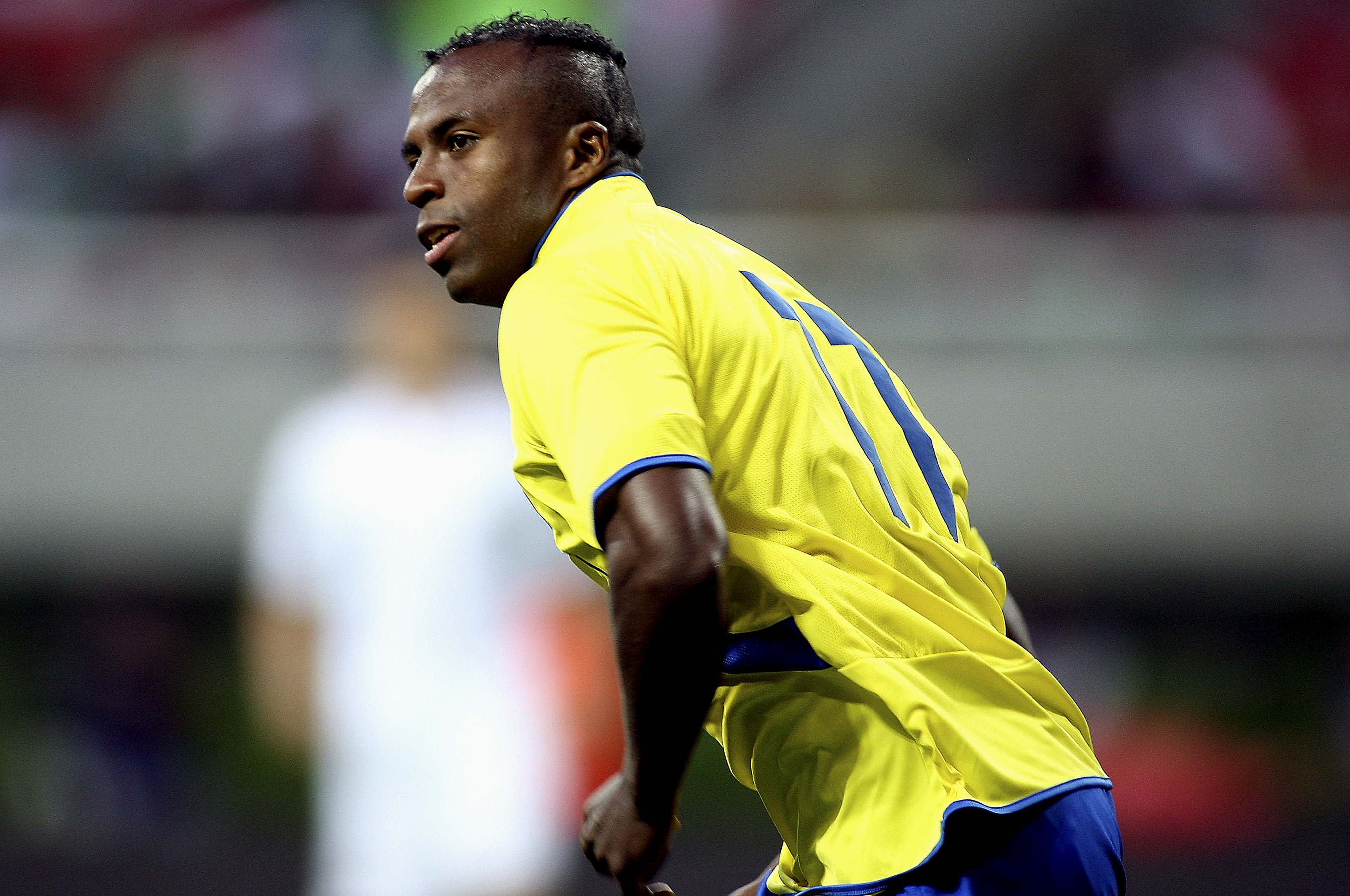
Christian Benítez had prolific spells at Santos Laguna and América in Mexico and also played for Birmingham City on loan. He also won 58 caps for Ecuador, scoring 24 goals.
Benítez signed for Qatari club El Jaish in 2013, but tragically died from a cardiac arrest just a day after his debut. A new stadium in Guayaquil was inaugurated the following year and named Estadio Christian Benítez Betancourt in his honour.
19. Estadio Alfredo Di Stéfano
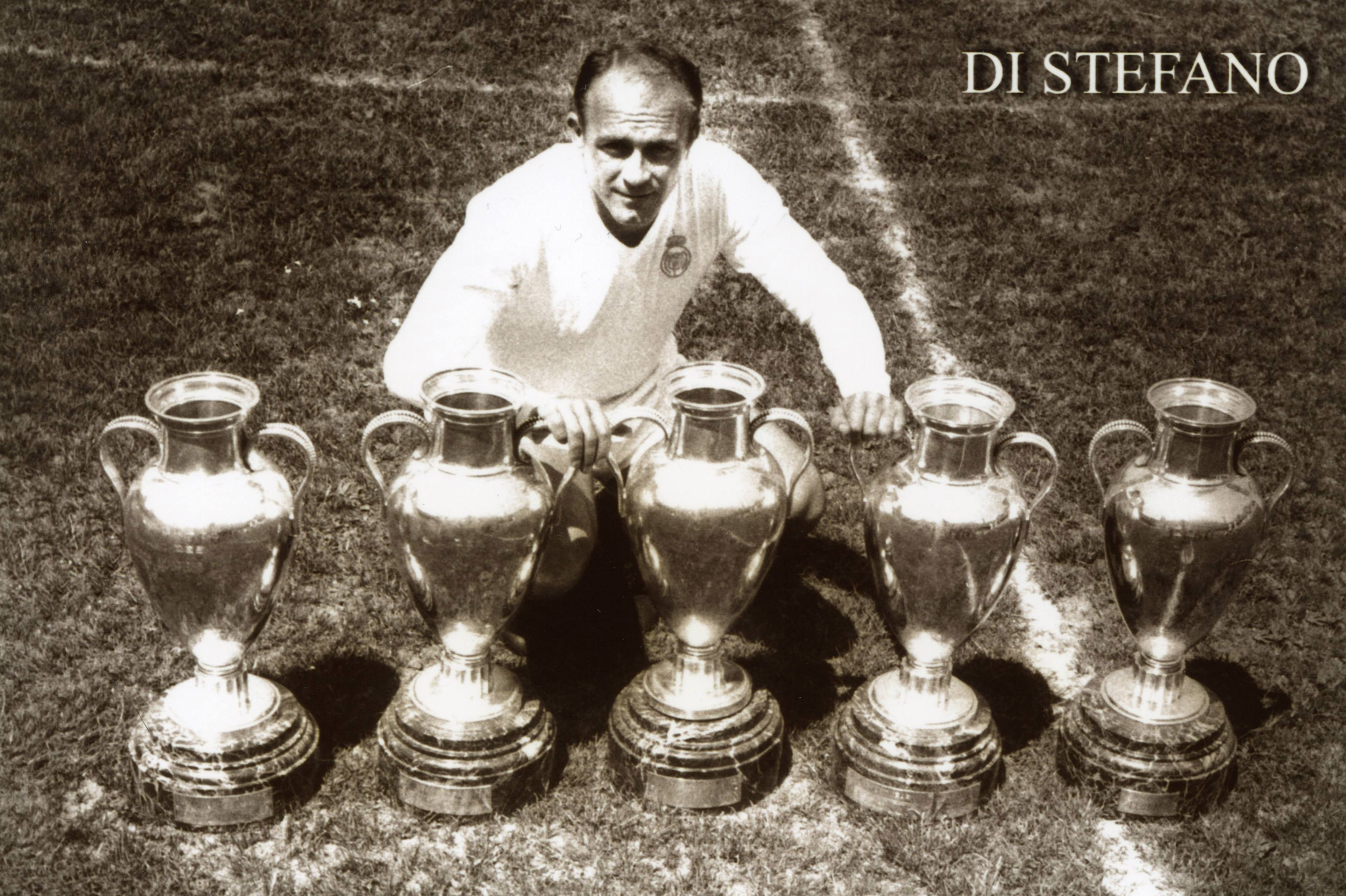
Alfredo Di Stéfano changed the history of Real Madrid with his arrival in 1953, helping Los Blancos to their first Spanish titles in over 20 years and five European Cups in a row.
In 2006, Madrid inaugurated the Estadio Alfredo Di Stéfano at their training ground in Valdebebas. Home to youth side Castilla, the stadium was also used by the first team during the Covid-19 pandemic to allow renovations to take place at the Santiago Bernabéu.
18. Estadio Luis "Pirata" Fuente
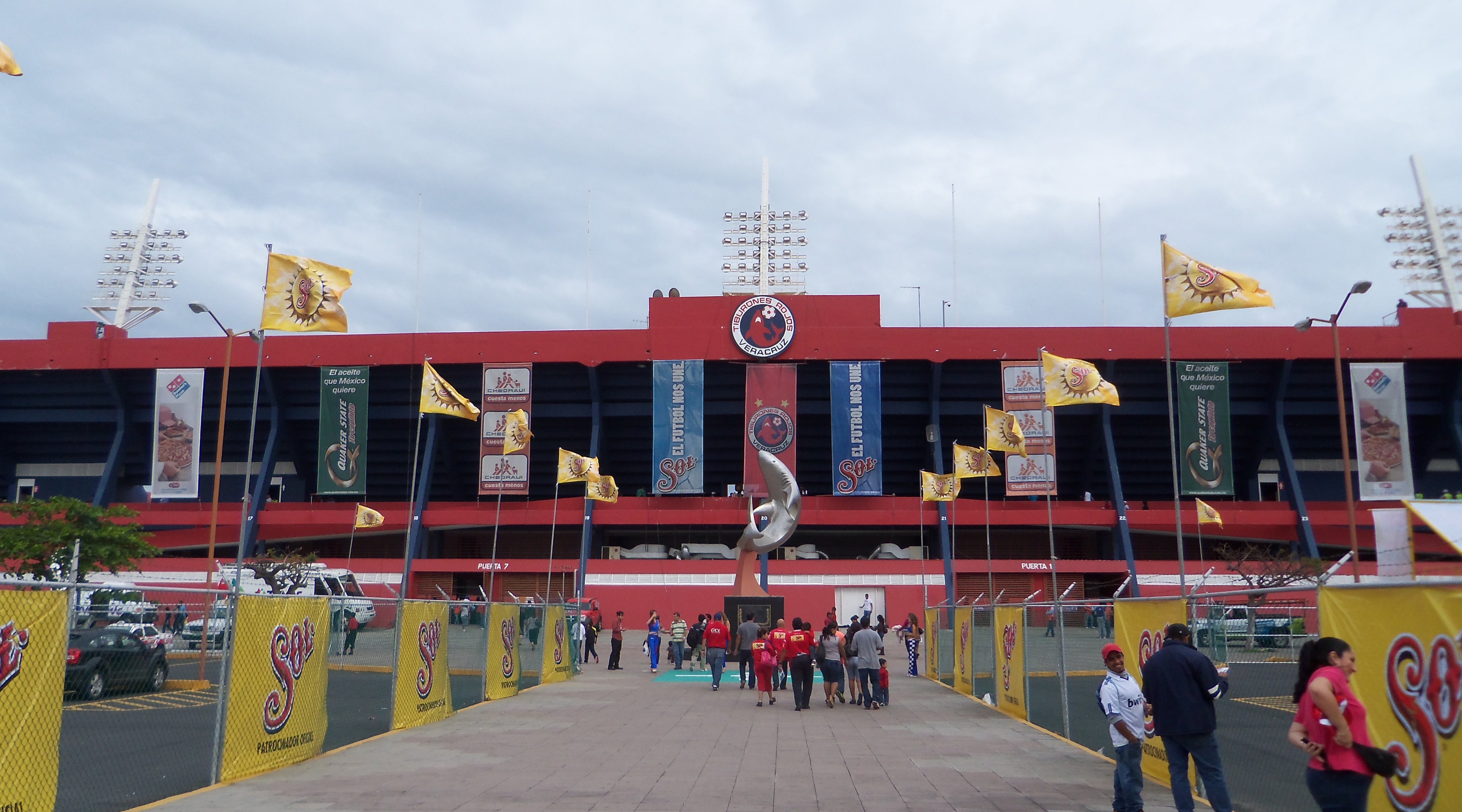
Born in Veracruz in 1914, Luis de la Fuente is considered one of Mexico's all-time great midfielders and he spent nine years with his hometown club between 1943 and 1952.
De La Fuente, nicknamed El Pirata ("The Pirate"), helped the Tiburones Rojos to two Mexican titles. The club's stadium, originally the Estadio Veracruzano, was renamed Estadio Luis "Pirata" Fuente in his honour.
17. Stadio Romeo Menti

A prolific forward for Fiorentina and Torino and an Italian international, Romeo Menti lost his life in the Superga air disaster in 1949.
Menti started his career at hometown club Vicenza and after his death, their stadium was renamed in his honour. It is not the only Stadio Romeo Menti, with three other grounds named after the former forward, including the home of Castellammare di Stabia.
16. Estadio Matías González
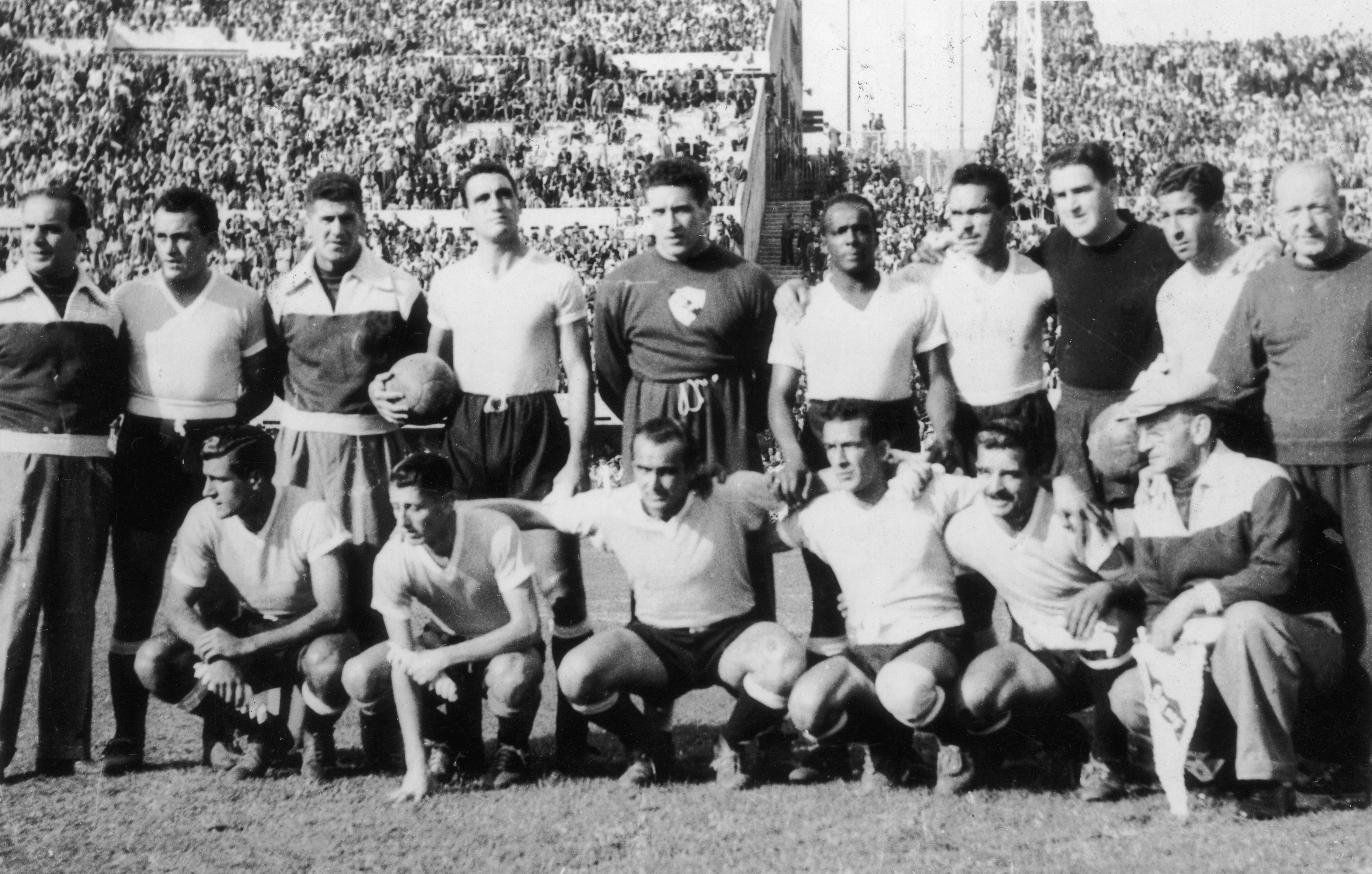
Matías González was a key member of Uruguay's World Cup-winning side in 1950 and was nicknamed El León del Maracaná ("the Maracana lion") for his impressive performance in the decisive 2-1 win over Brazil.
Capped 32 times by Uruguay, the defender was the only top-level player from his era to emerge from the country's interior and in the city of Artigas, the 7,000-seater Estadio Matías González bears his name.
15. Ernst-Happel-Stadion

Ernst Happel won 51 caps for Austria and was part of the team which finished third at the 1954 World Cup. As a coach, he was even more successful, winning European Cups with both Feyenoord and Hamburg.
Happel, a heavy smoker, passed away from lung cancer in 1992 at the age of 66. Following his death, Austria's biggest football stadium (the Praterstadion in Vienna) was renamed in his honour. His cap lay on the bench at the Ernst-Happel-Stadion as Austria and Germany drew 0-0 in a game played four days later.
14. Estadio Diego Armando Maradona
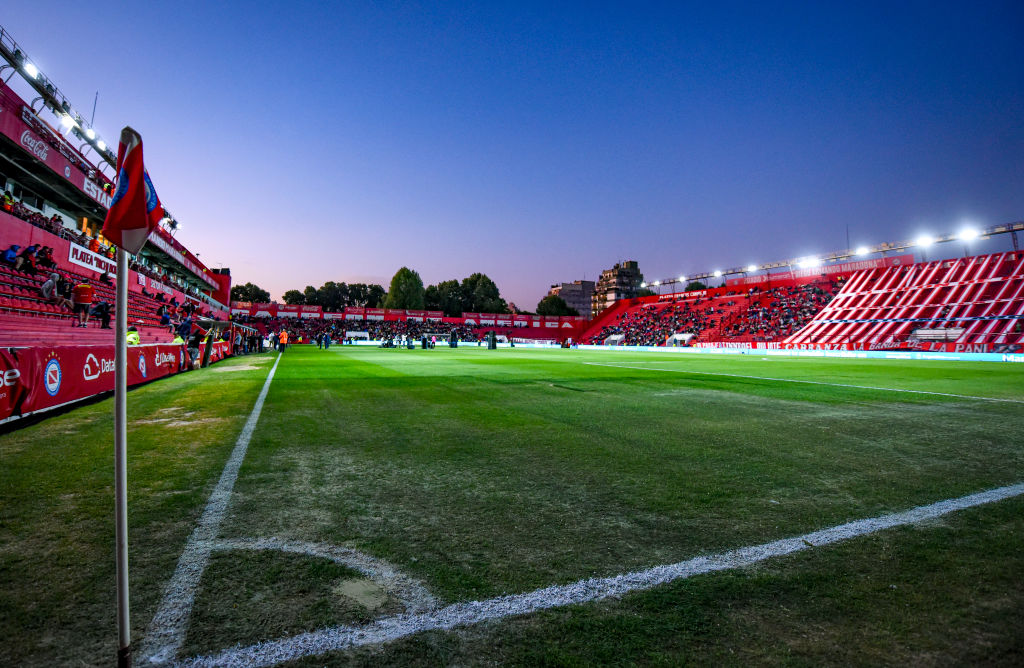
Diego Maradona started his career at Argentinos Juniors and before he was old enough to play for the first team, used to entertain the fans with his ball skills at half-time.
After he left the club in 1981, the stadium fell into decline and was eventually demolished in 1995. A new ground was built between 1995 and 2003 and to mark the club's centenary in 2004, it was renamed Estadio Diego Armando Maradona.
13. Stadio Mario Rigamonte
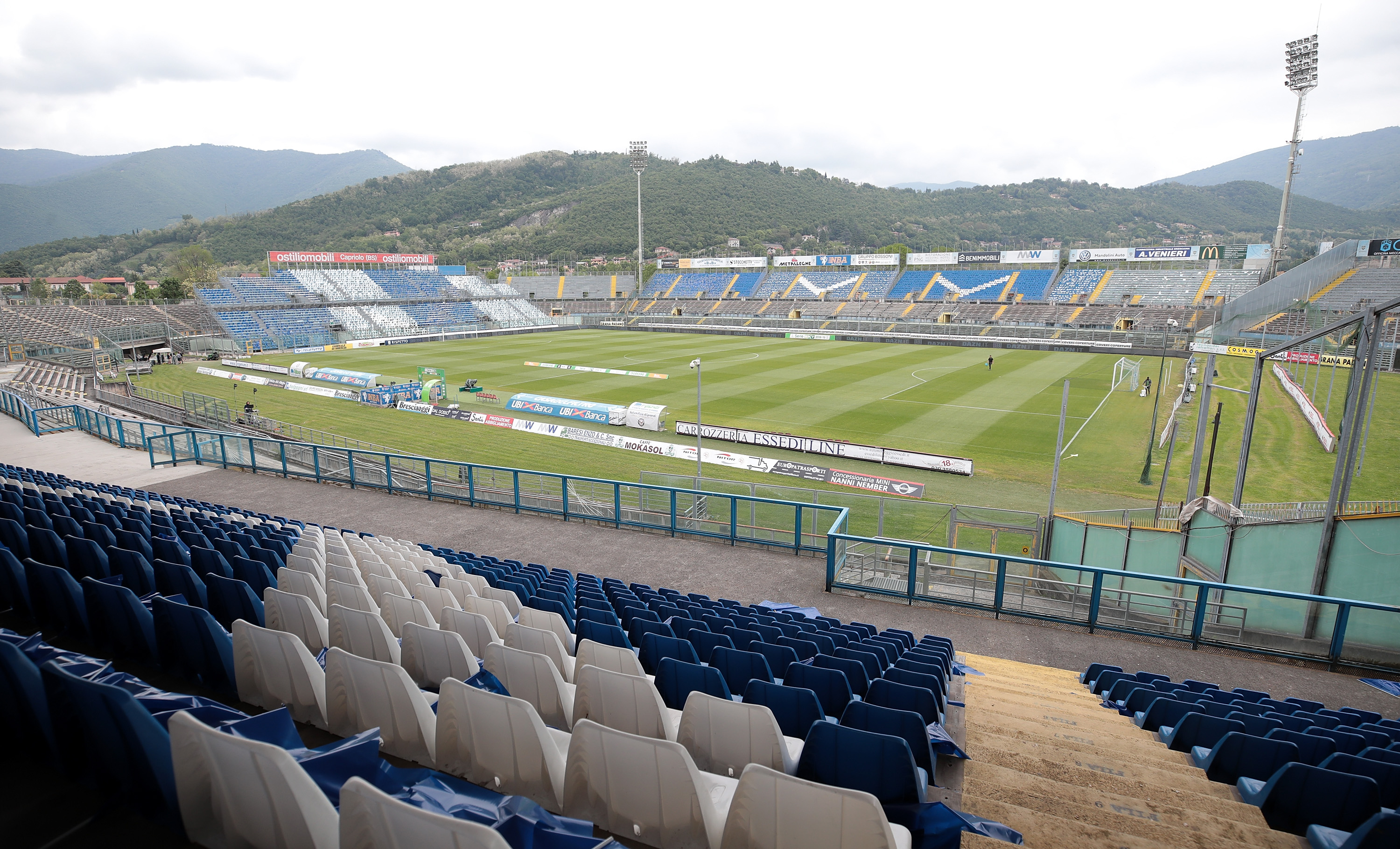
Mario Rigamonte was a central defender who played for Torino and Italy. A member of the successful Gran Torino side of the 1940s, he lost his life in the Superga air disaster of 1949.
Rigamonte was born in Brescia and started his career with his hometown club. Brescia Calcio's Stadio Mario Rigamonte, which opened in 1959, was named in his honour.
12. Stade Raymond Kopa
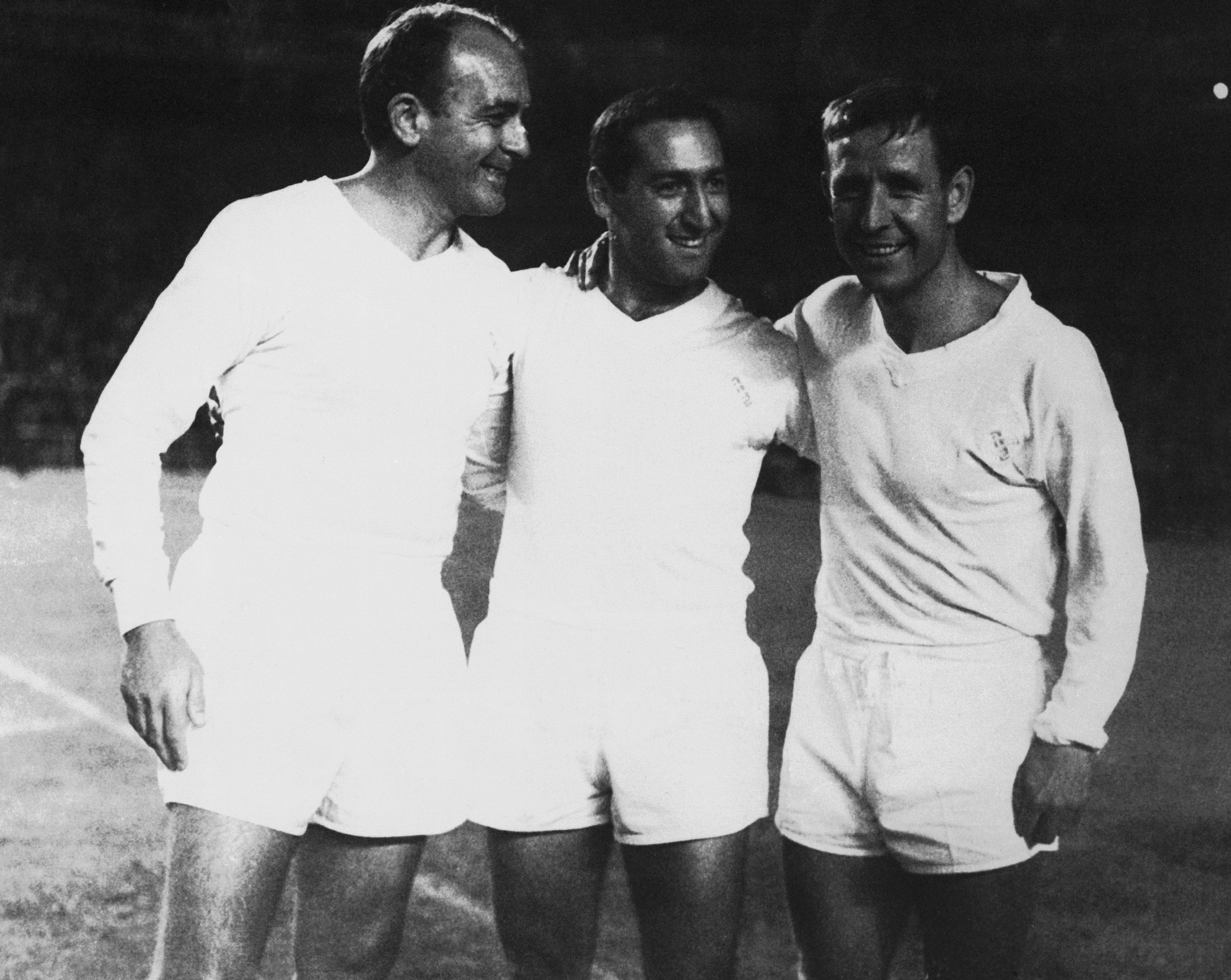
Previously known as Stade Bessonneau, Stade Municipal and Stade Jean-Bouin, Angers home ground was renamed to honour Raymond Kopa in 2017.
Kopa spent two years at Angers between 1949 and 1951. He went on to become one of the most prominent players of his era in spells at Reims and Real Madrid, where he won three European Cups. Capped 45 times by France, Kopa also won the Ballon d'Or in 1958.
11. Stade Didier Drogba

Long before he played for Marseille and Chelsea and won 105 caps for the Ivory Coast, Didier Drogba was a youth player at French amateur club Levallois.
In 2010, Drogba was in attendance as Levallois inaugurated their new stadium, which was given his name. The Stade Didier Drogba has a capacity of 1,500.
10. Puskás Aréna

Built at a cost of more that €500 million and inaugurated in 2019, the Puskás Arena in Budapest has a capacity of over 67,000.
Named after legendary Hungary and Real Madrid forward Ferenc Puskás, the stadium was built on the site of the previous Puskás Ferenc Stadion (Ferenc Puskás Stadium), which was demolished in 2017. Formerly known as Népstadion ("People's Stadium"), the ground was renamed to honour Puskás in 2002. Puskás passed away in 2006.
9. Estadio Fernando Torres
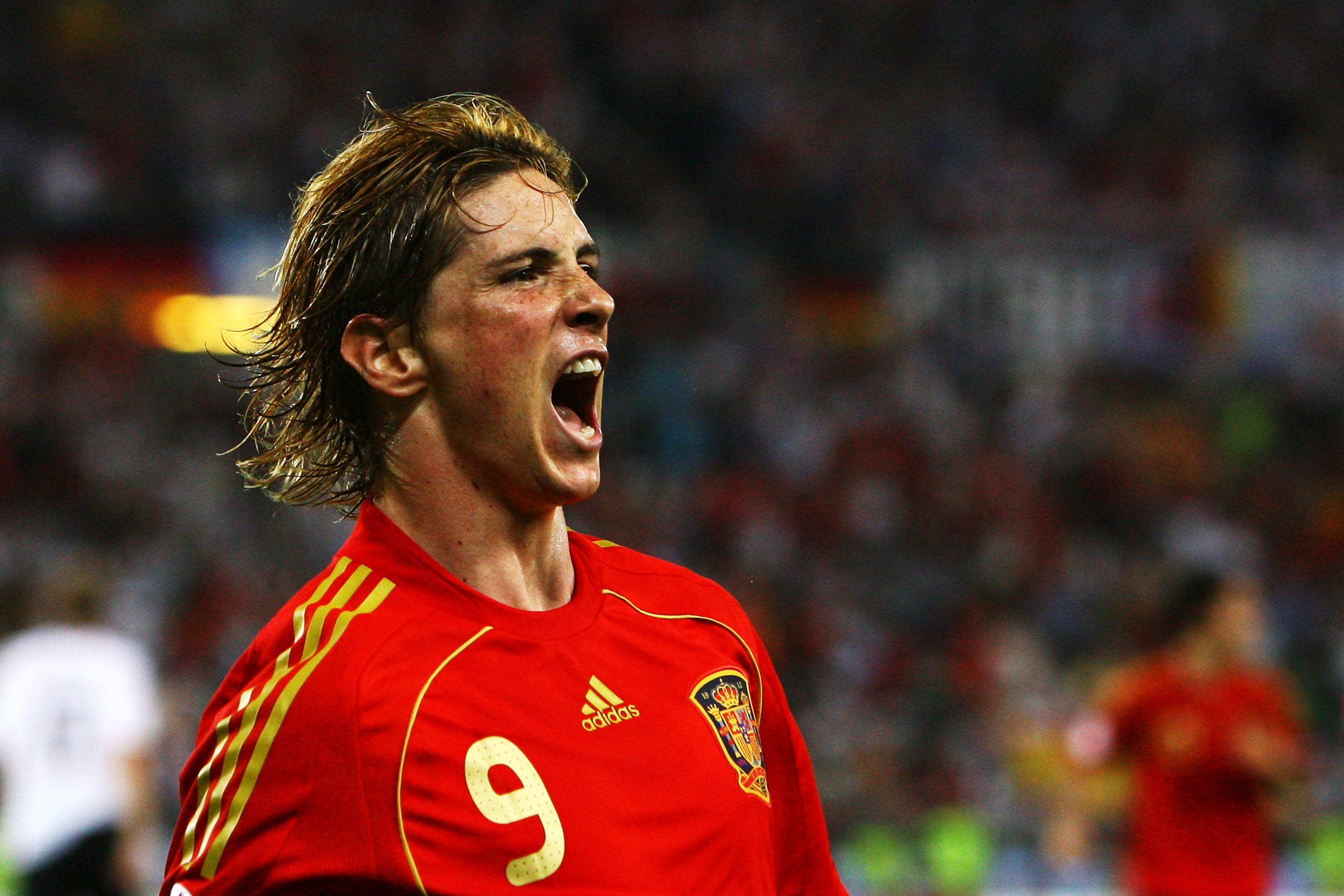
Fernando Torres scored Spain's winner in the Euro 2008 final against Germany and helped La Roja win the World Cup two years later. In 2011, a stadium was built in his honour.
The Estadio Fernando Torres is located in Fuenlabrada, in the Community of Madrid, where the former Atletico Madrid, Liverpool and Chelsea forward was born. The 5,400-seater stadium was inaugurated in September 2011 and is home to Fuenlabrada CF.
8. Estádio Rei Pelé
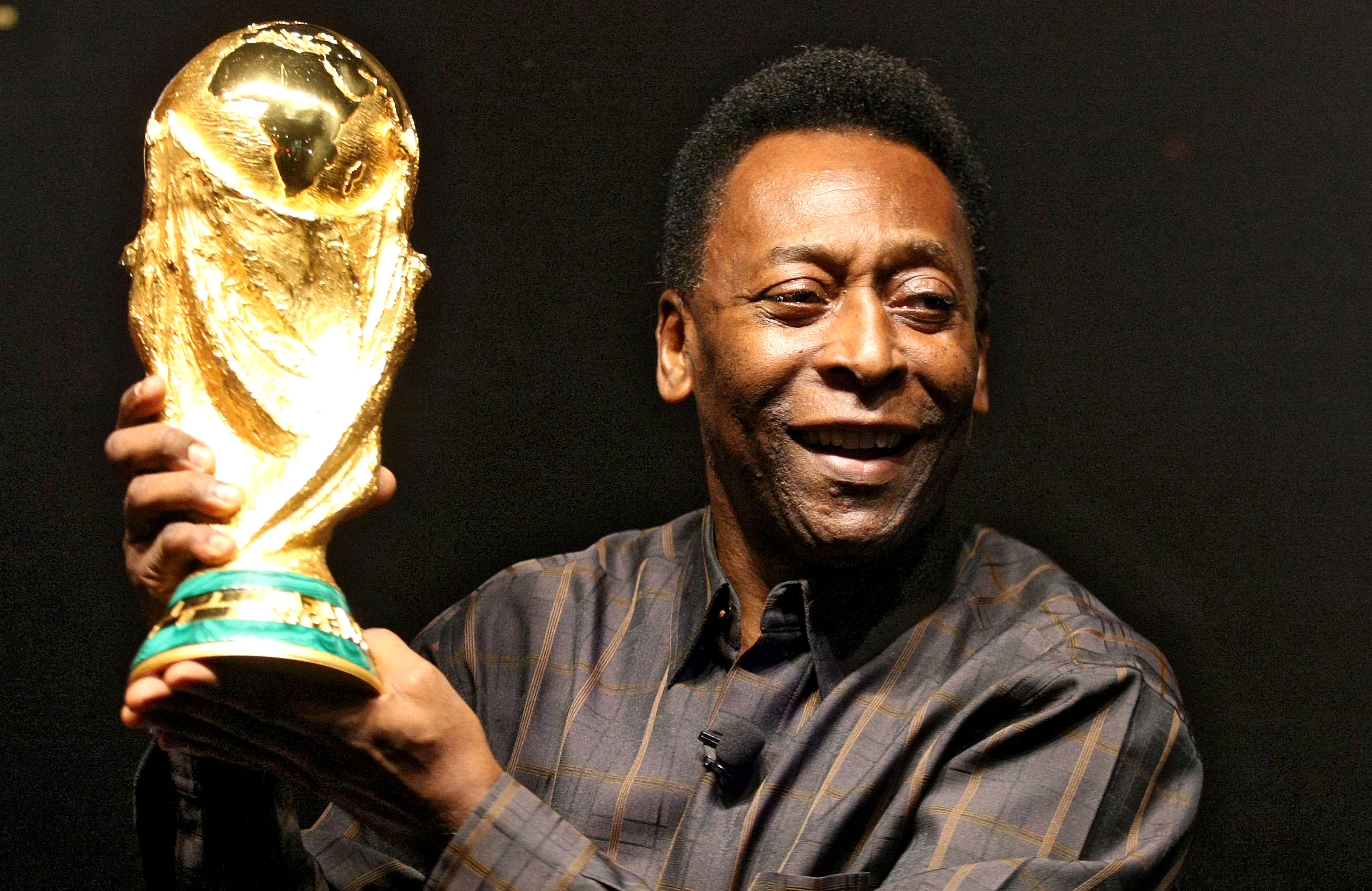
Pelé is Brazil's biggest football legend, a three-time World Cup winner and one of the greatest players of all time. For some, the best of them all.
A stadium in the Brazilian city of Maceió was named in his honour after the 1970 World Cup win. The Estádio Rei Pelé ("King Pelé Stadium") opened in October that year and features a sports museum, but has a capacity of just over 19,000. It was renovated in 1992.
7. Stadio Luigi Ferraris

The Stadio comunale Luigi Ferraris opened in 1911 and is the oldest football stadium still in use in Italy. It is shared by city rivals Sampdoria and Genoa.
Also known as Marassi after the neighbourhood where it is located, the stadium is named after Luigi Ferraris, a former footballer, engineer and soldier who died during World War I.
6. Estádio Olímpico Nilton Santos
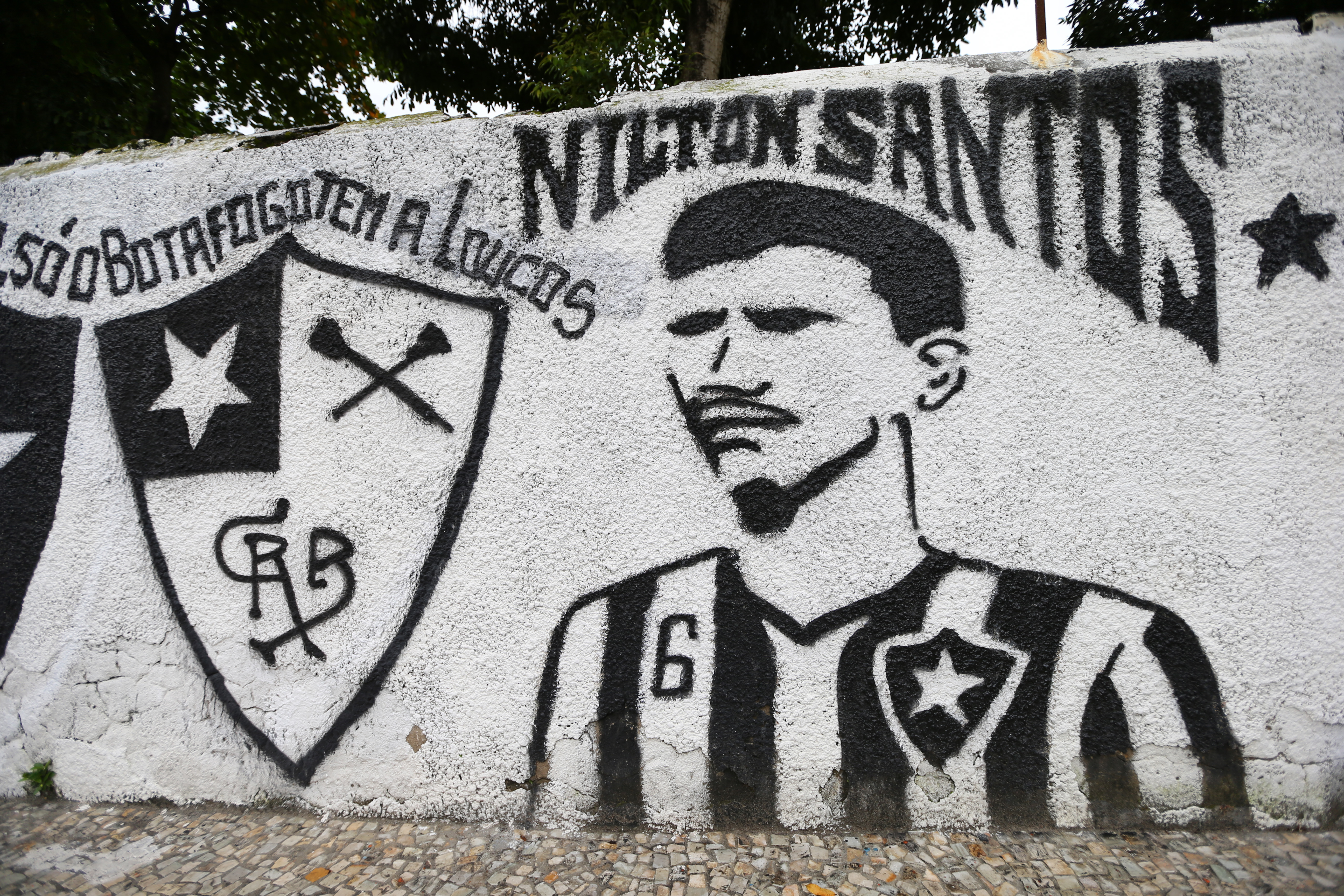
Built for the 2007 Pan American Games and renovated for the 2016 Olympic Games in Rio de Janeiro, the Estádio Olímpico Nilton Santos is home to Botafogo.
Previously named after former FIFA president João Havelange, it was changed to honour Botafogo and Brazil legend Nilton Santos in 2017. Considered one of the greatest left-backs in football history, Santos won two World Cups with Brazil and passed away in 2013.
5. Estadio Mario Alberto Kempes
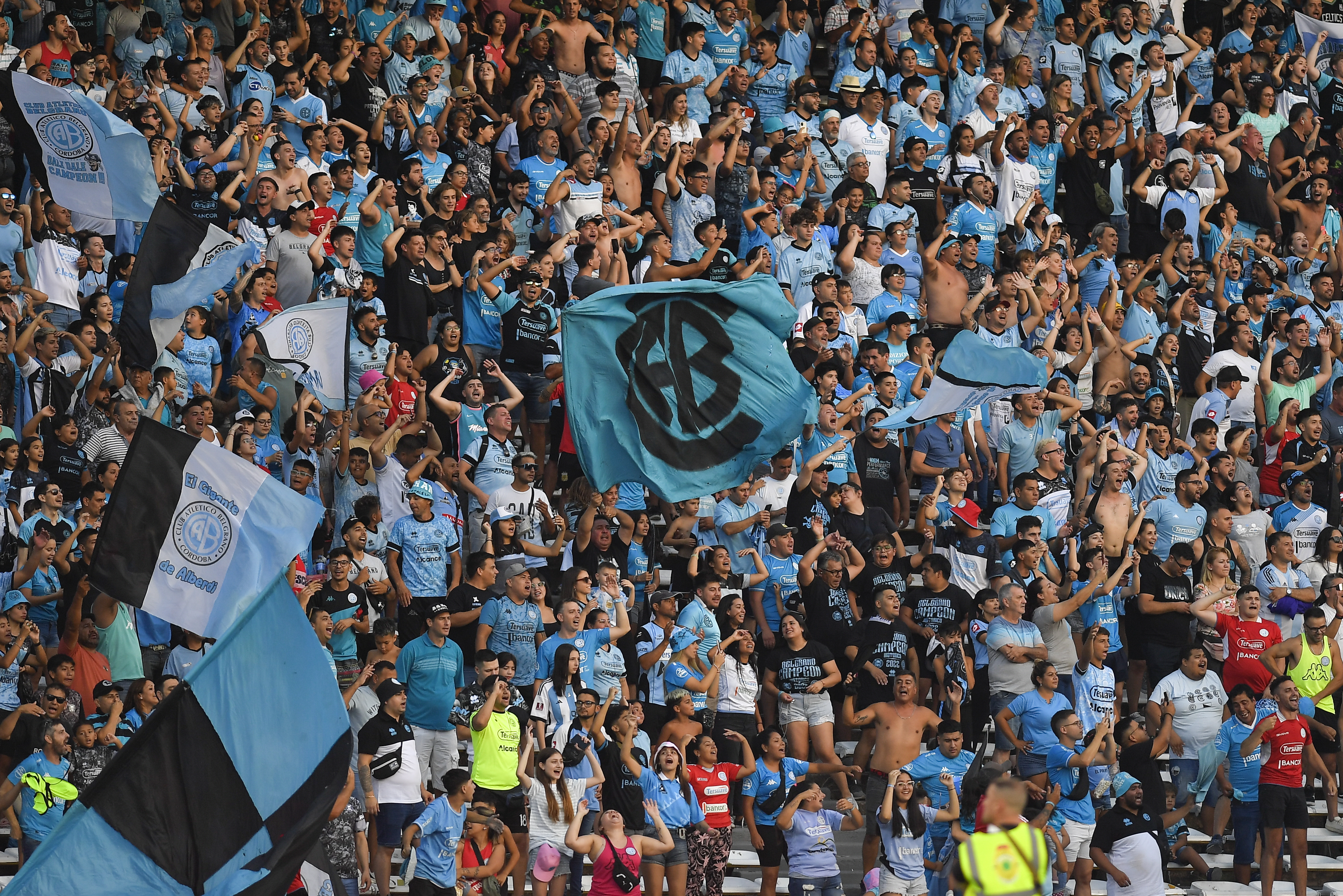
Built for Argentina's hosting of the 1978 World Cup, the Estadio Córdoba in the city of the same name later took the name of one of the heroes of the South Americans' triumph in that tournament.
Renovated ahead of the 2011 Copa America, the stadium was renamed after Argentina World Cup winner and the tournament's top scorer in 1978, Mario Kempes, who is a native of Córdoba.
4. Johan Cruyff Arena
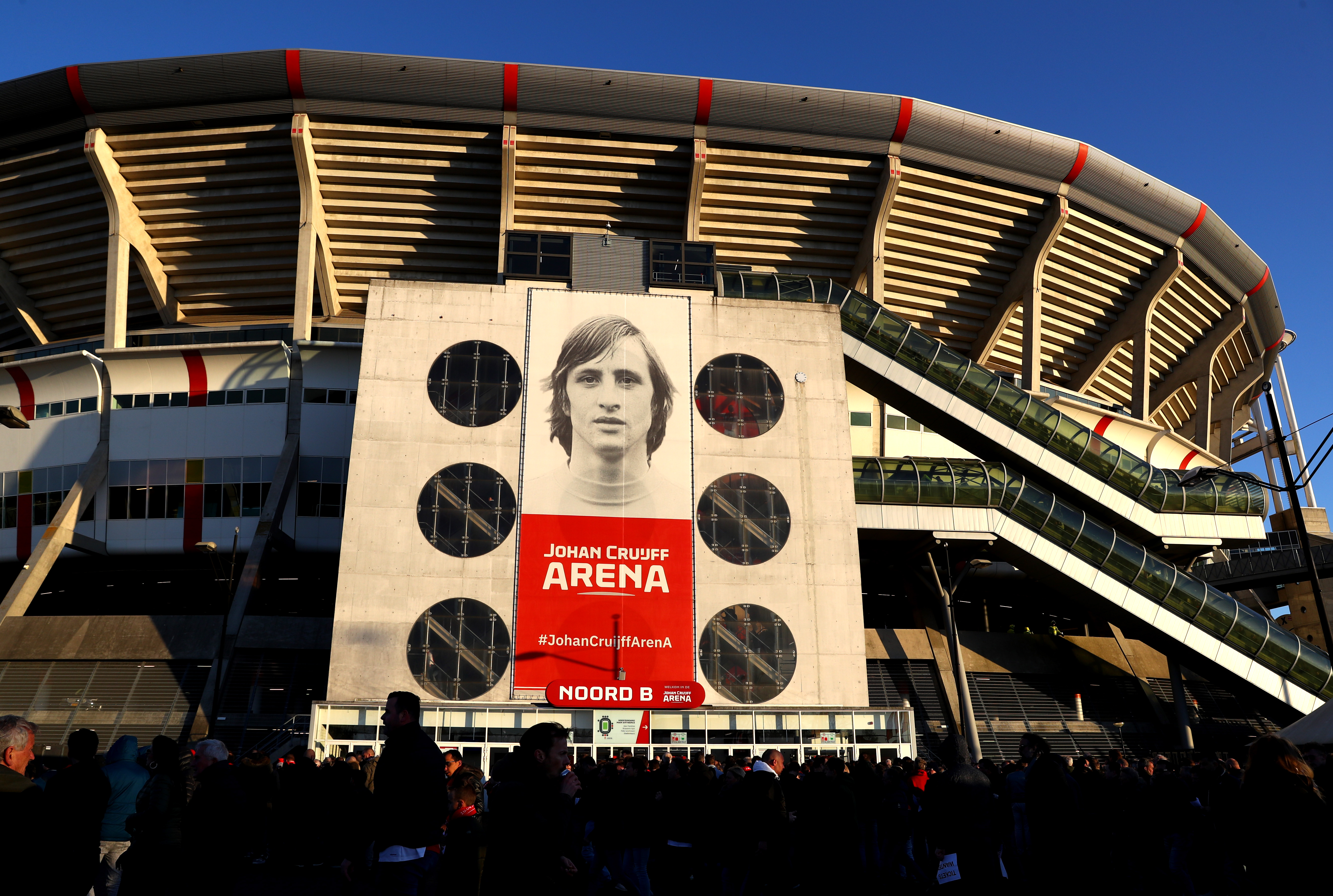
Previously known as the Amsterdam ArenA, Ajax's home was renamed in 2018 to honour the club's legendary player and coach Johan Cruyff, who passed away in 2016.
The stadium was given a new logo and is full of Cruyff imagery. Its official name uses the Dutch spelling of his name (Cruijff) in order to "stay close to the Dutch Johan."
3. Stadio Giuseppe Meazza

Milan's iconic San Siro stadium, shared by city rivals AC Milan and Inter, is officially named Stadio Giuseppe Meazza.
Previously known as the Stadio Comunale di San Siro after the neighbourhood where it is located, the stadium was named in honour of Meazza following his death in 1979. One of the city's most famous footballers, Meazza represented both clubs but is much more associated with Inter, where he spent much of his career and was also coach in three different spells. Milan fans continued to refer to the stadium as San Siro, while that name is also used by many Inter supporters too these days.
2. Estádio Nacional Mané Garrincha

When the World Cup returned to Brazil in 2014, most of the nation's football legends from the 1960s and 1970s were around to see it.
Not Garrincha, though. The brilliant winger with the bowed legs passed away in 1983 at the age of just 49 after a lifetime of heaving drinking. Instead, a multi-use stadium in the capital Brasilia was given his name after renovation ahead of the tournament. It hosted seven matches, including the third-place play-off.
1. Stadio Diego Armando Maradona

Napoli may have won the Scudetto again in 2023, but the Italian club will forever be associated with one man: Diego Maradona.
Led by the Argentine great, Napoli won Serie A twice in 1987 and 1990 and also the UEFA Cup in 1989. Following his death in November 2020, the club put forward a proposal to change the name of their iconic San Paolo home to Stadio Diego Armando Maradona and it was passed by the city council in early December.







